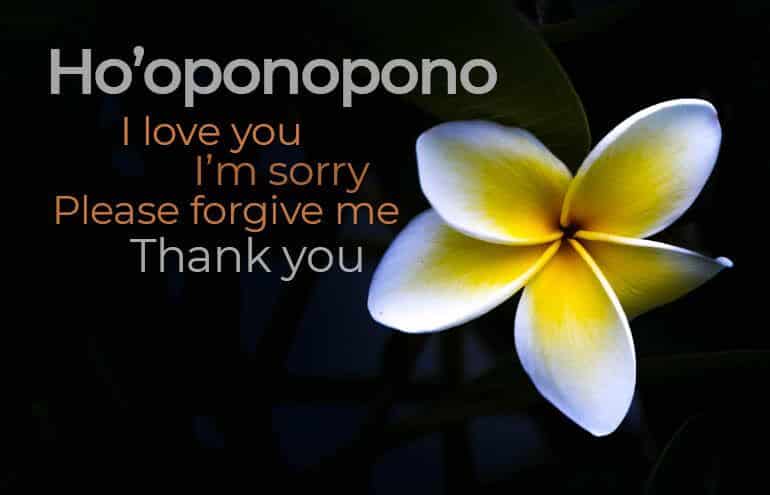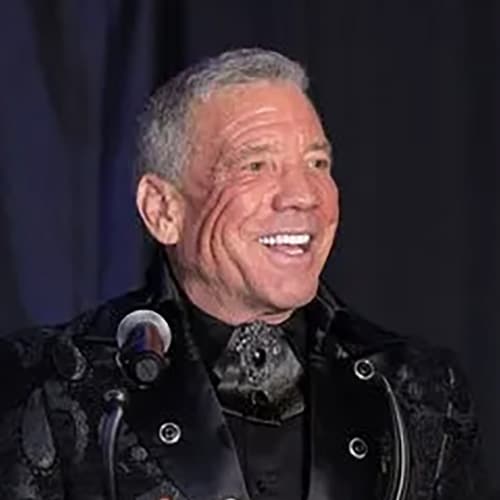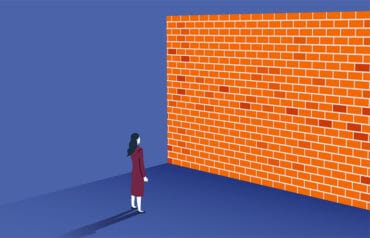The ancient Hawaiian spiritual practice Ho’oponopono can help manage stress and anxiety — and it is now recognized as a legitimate alternative form of conflict resolution.

Table of contents
I am a licensed attorney. I am also a certified Advanced Ho’oponopono teacher and practitioner. The reason I became interested in this somewhat unknown spiritual practice is that I wanted to learn an easy way to manage stress, anxiety and worry. I learned that Ho’oponopono (pronounced HO-oh-Po-no-Po-no) is also a great way to increase emotional maturity, achieve mental clarity and feel more positive.
Once I began practicing Ho’oponopono, I realized a deeper purpose and application to law, which I have been sharing with legal professionals ever since.
What Is Ho’oponopono?
An ancient Hawaiian practice dating back centuries, the modern practice of Ho’oponopono burst on the international scene in 2007 by virtue of the book “Zero Limits” by Dr. Joe Vitale and Dr. Ihaleakala Hew Len. Dr. Hew Len tells the story of using Ho’oponopono to heal an entire psychiatric ward for the criminally insane in the Hawaii State Hospital — without meeting any patients. Even though these claims have been contested, thousands of people have embraced the practice to heal their emotional and mental challenges.
The word Ho’oponopono means “correction” or “to make right” — and the practice is sometimes called the prayer of forgiveness.
In brief, the practice is based on the concept of “total responsibility.” Also known as “all perception is projection,” this belief proposes that everything we perceive not only exists outside of us but inside of us as well. So, if we perceive a problem in our outer world, it is caused (or created) by a problem within us in our inner world. Happily, the opposite is true: If we perceive something positive in our outer world, it is caused by something positive inside us.
The Four Phrases of Ho’oponopono
Ho’oponopono is both meditative and healing. Those practicing Ho’oponopono say they feel relief from negative thoughts, emotions and behaviors.
The practice is simple enough. It involves repeating four phrases (mantras) as many times as possible. The object is to repeat the mantra over and over until it creates new neural pathways and becomes second nature. As Drs. Hew Len and Vitale would say, “You become the prayer.”
The practitioner determines the order of the statements — whatever feels correct is perfect. However, it is essential to make these statements with positive intention.
The four phrases of the mantra are:
1. I love you (love).
“You” refers to both the practitioner and the perceived problem. You can only love someone as much as you love yourself. This is not only quantitative but qualitative. If you don’t love yourself, or your definition of love is flawed, your perception is likely skewed and contributing to creating the problem. You must feel love, affection and compassion for yourself and the problem. As the famous poem by Kent Keith says, “Love them anyway.”
2. I’m sorry (repentance).
Here, “I’m sorry” does not equal blame, guilt or shame. Victimhood is not allowed. Saying “I’m sorry” means taking ownership and responsibility for what we perceive and whatever needs to heal inside of us. The first step in any conflict resolution — personal or professional — is to admit there is a problem. The act of acknowledging the problem allows our compassion to liberate our hearts and our psyche to heal.
When we accept responsibility, we are empowered to heal. If we say, “This is someone else’s fault,” we disempower ourselves.
3. Please forgive me (forgiveness).
Self-forgiveness is the great cleanser. It allows us to let go of our burdens and struggles. For lawyers burdened with guilt or regret, self-forgiveness is often the healing they need. The request for forgiveness is to whoever we seek guidance from or pray to, either internally or externally. Ultimately, we are the source of our pain and suffering and the only ones who can heal that pain and suffering. Self-forgiveness does not mean forgetting the lessons we have learned from our experiences. Even with forgiveness, we grow.
4. Thank you (gratitude).
Gratitude is a magic emotion that overrides all others. To be thankful for all that we experience is one of the most powerful prayers in any religion. Many believe we are given life to learn and grow emotionally, mentally and spiritually. When we are truly grateful for our experiences, we not only grow but can heal any misunderstandings or misconceptions.
How to Apply Ho’oponopono in Your Personal and Professional Life
Focusing on the four principles of love, compassion, forgiveness and gratitude can create new neuropathways and thought patterns that transform our experience from negative to positive. If practicing Ho’oponopono helps solve a problem or resolve conflicts in our exterior lives, that is an added benefit. Its primary purpose is to heal the practitioner.
Attorneys can apply Ho’oponopono in both their professional and personal lives. Remember, when external problems arise, we are made aware of them to heal some aspect of ourselves, usually hidden in our subconscious. The problem can be a difficult client, finances, opposing counsel, adverse rulings, disagreements with colleagues, or problem family members.
To practice the Ho’oponopono method, simply acknowledge the problem and say the four phrases above with the intention that you will heal. Say the phrases one at a time, slowly: “I love you. I’m sorry. Please forgive me. Thank you.” Repeat them seven or eight times.
The more you can feel the associated emotion (love, compassion, grace and gratitude) as you say each phrase, the more quickly you will heal. Some people close their eyes and repeat the phrases as a meditation. Others repeat them when preparing for sleep or while they are working.
Ho’oponopono and Conflict Resolution
Ho’oponopono is recognized as a legitimate alternative form of conflict resolution, taught not only in Hawaii but worldwide. In addition to family courts and civil conflicts, the practice is also being applied to criminal law (see “Cutting the Cord: Ho’oponopono and Hawaiian Restorative Justice in the Criminal Law Context”). All parties to a conflict agree to a mediated process that focuses on forgiveness, and all parties take responsibility.
In 2000, the Hawaii State Legislature recognized the effectiveness of Ho’oponopono for alternative dispute resolution in family law courts. Perhaps it is time for other states to recognize this practice as well.
Image © iStockPhoto.com.

Sign up for Attorney at Work’s daily practice tips newsletter here and subscribe to our podcast, Attorney at Work Today.
















